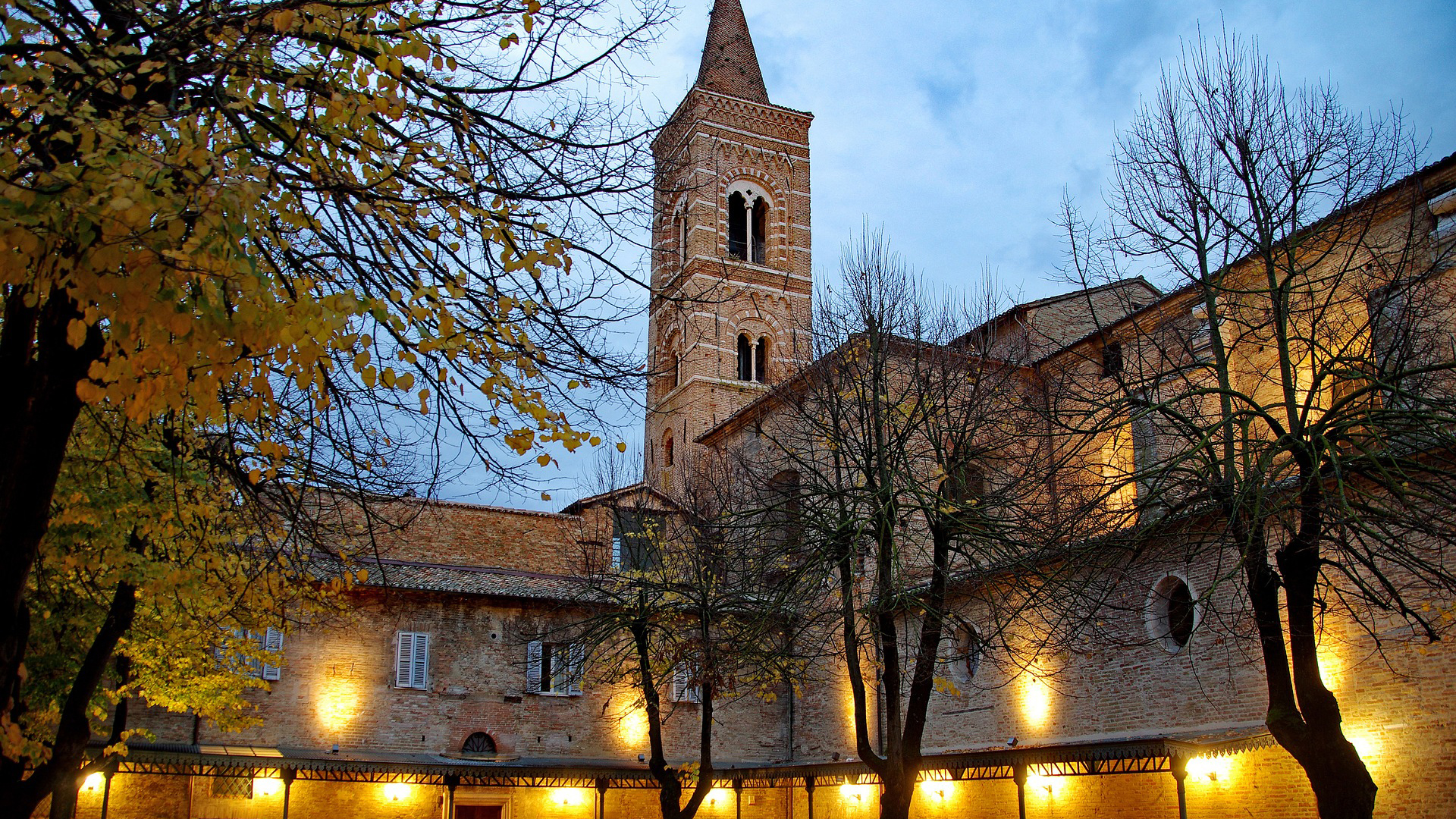Italy boasts more World Heritage sites than any other country in the world. It has 53 cultural and five natural UNESCO World Heritage sites, for a grand total of 58. UNESCO World Heritage Sites are deemed to be of “outstanding value to humanity.” These sites are actively identified, protected, and preserved under the Convention concerning the Protection of the World Cultural and Natural Heritage, which was adopted in 1972.
Every week, America Domani will release a list, and brief description, of 5 UNESCO World Heritage Sites, listed in the order in which they were inscribed. Last week’s list is the Amalfi Coast, the Botanical Garden of Padua, and the 18th-century Royal Palace at Caserta.
Historic center of Urbino (1998)
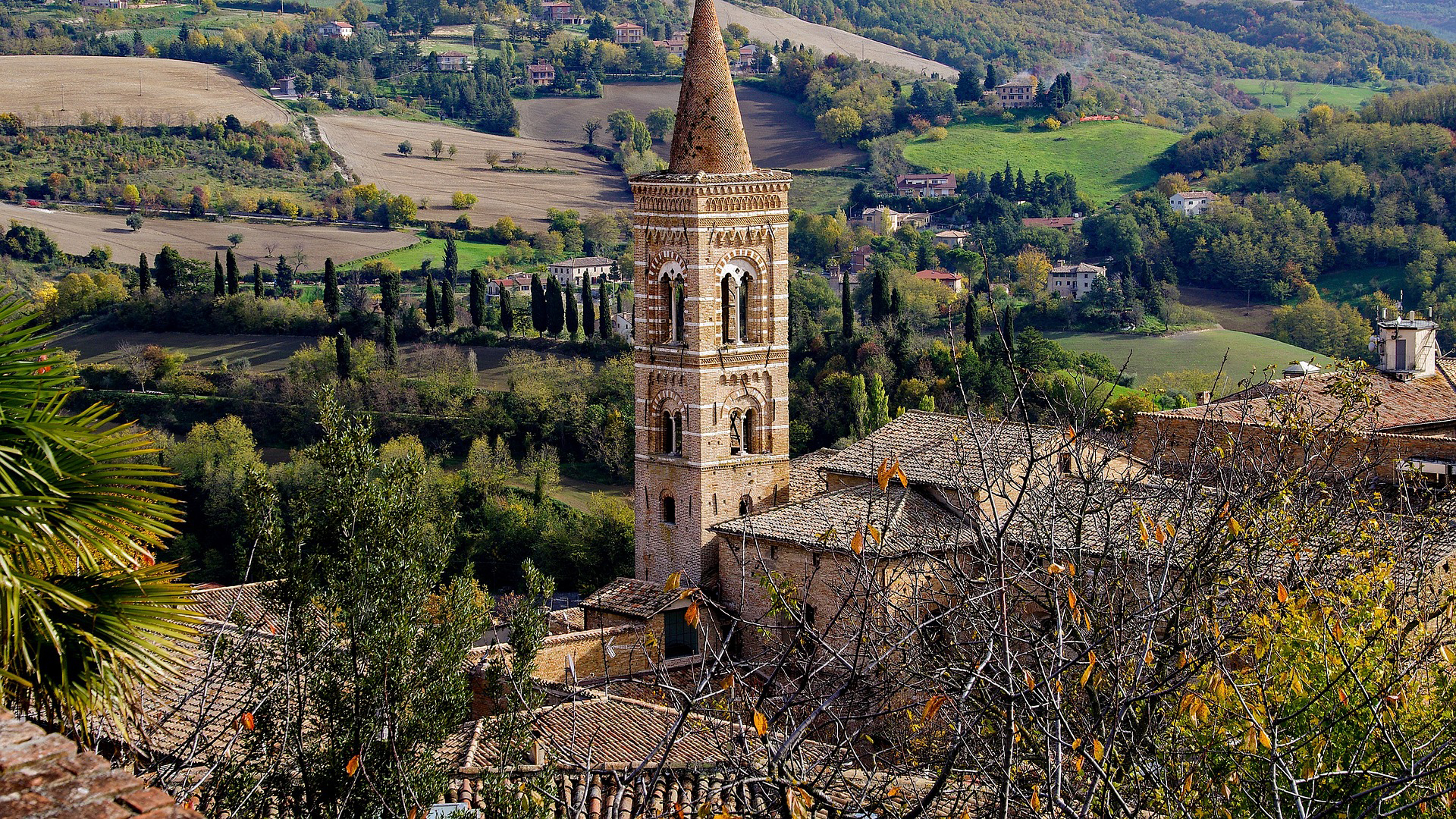
Urbino, a hilltown in the Marche region, attracted artists and scholars from around Italy in the 15th century which influenced cultural flowerings elsewhere in Europe. The town continues to maintain its Renaissance essence.
Cilento and Vallo di Diano National Park with the Archaeological Sites of Paestum and Velia, and the Certosa di Padula (1998)

According to UNESCO, the Cilento was a boundary between the Greek colonies of the Magna Graecia and the indigenous Etruscan and Lucanian populations. It was a major trade route during prehistoric and medieval times. The remains of Paestum and Velia, two ancient cities from this time period, can be accessed.
Archaeological Area and the Patriarchal Basilica of Aquileia (1998)
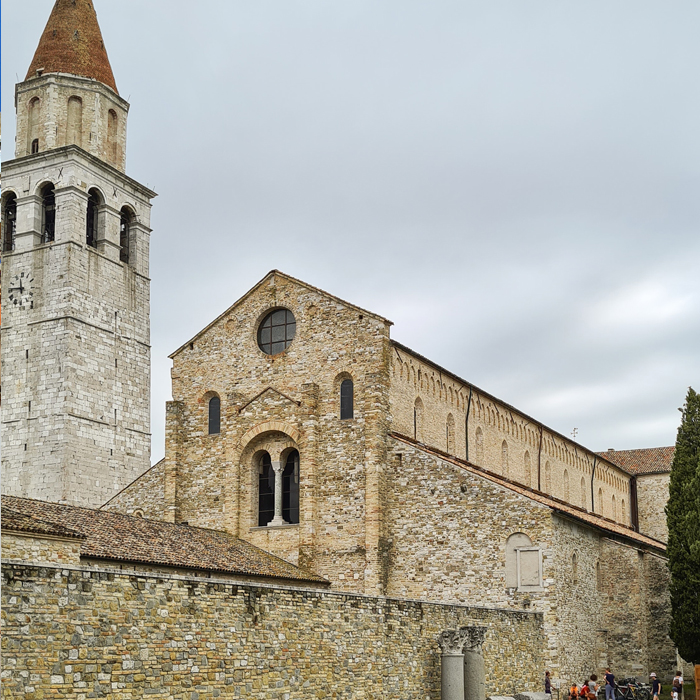
Aquileia, located in modern-day Friuli-Venezia Giulia, was one of the wealthiest cities in the Early Roman Empire before it was sacked by Atilla the Hun in the mid-5th century. Much of the ancient city has yet to be excavated. The Patriarchal Basilica is renowned for its mosaic pavement. Minor modifications were made to the site’s boundaries in 2017 and 2018.
Villa Adriana, Tivoli (1999)
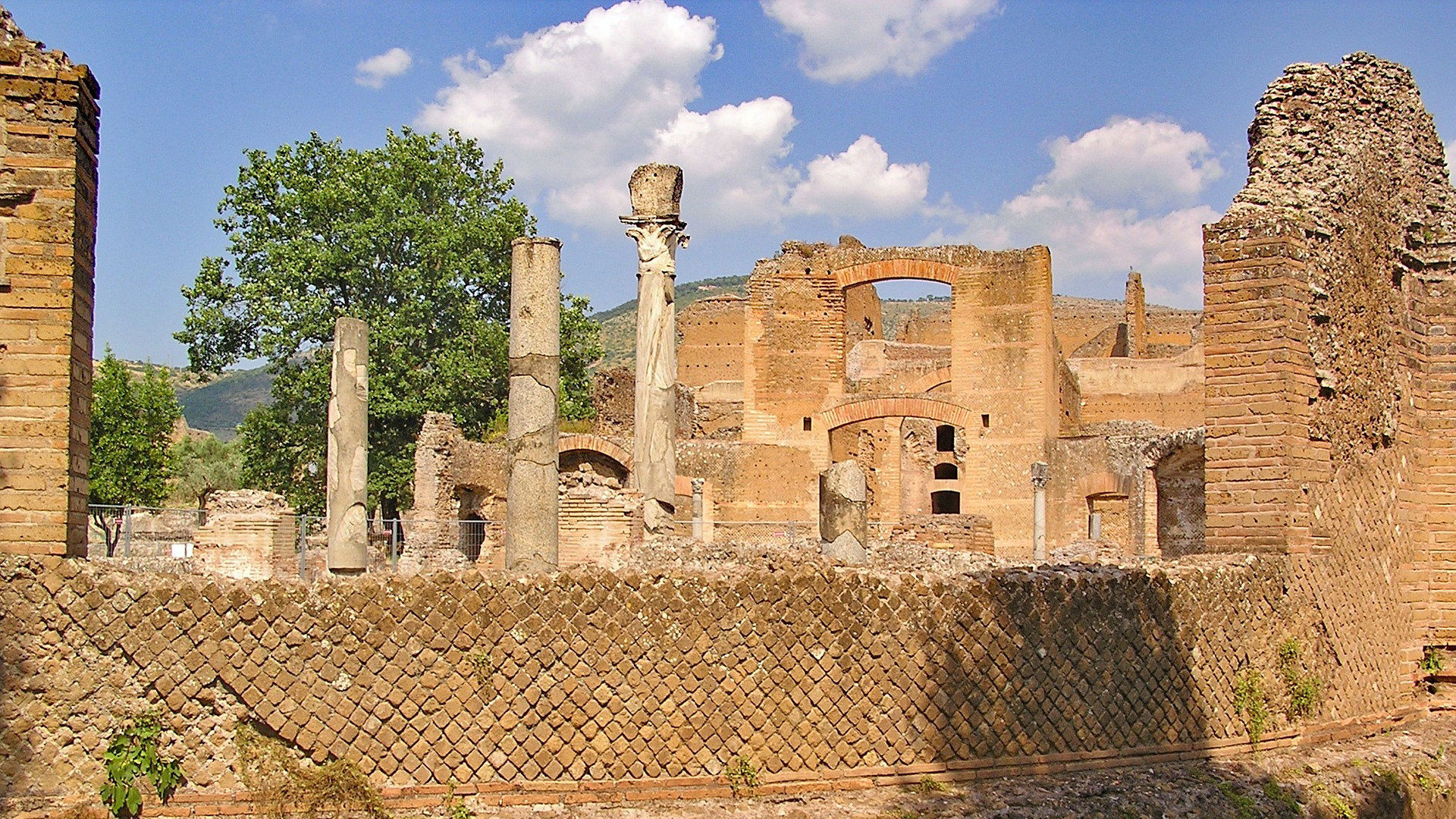
The Villa Adriana, located in the town of Tivoli, about an hour from Rome, is a massive archaeological complex created by the Roman emperor Hadrian in the 2nd century AD. According to UNESCO, the architecture melds Greek, Egyptian, and Roman influences
Aeolian Islands (2000)
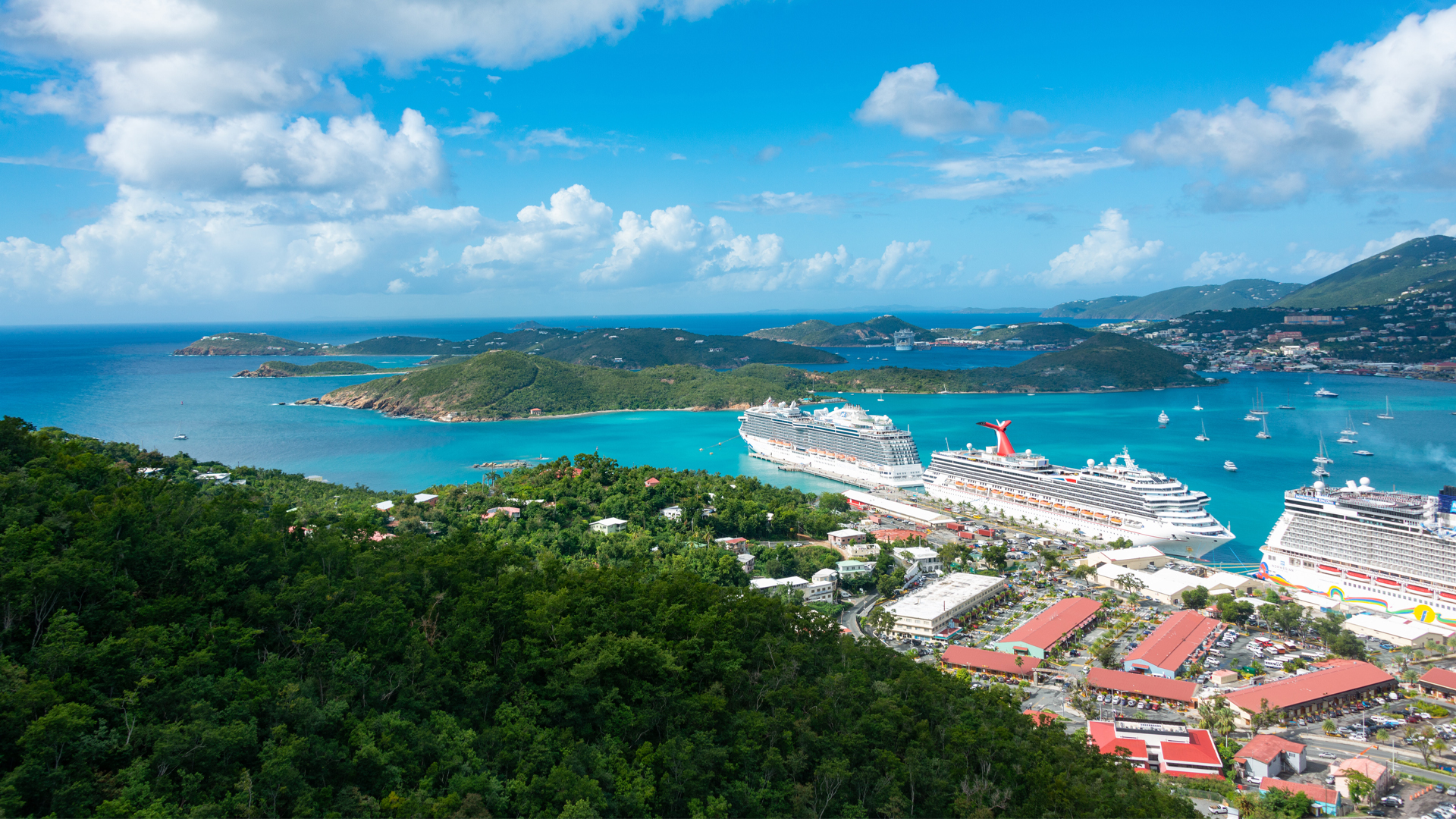
The Aeolian Islands have been studied since the 18th century, which has resulted in the development of the science of volcanology and the distinction of two types of eruptions: Vulcanian and Strombolian. The islands have been a major source of study for geologists and volcanologists for over 200 years.
Asia London Palomba
Asia London Palomba is a trilingual freelance journalist from Rome, Italy. In the past, her work on culture, travel, and history has been published in The Boston Globe, Atlas Obscura, The Christian Science Monitor, and Grub Street, New York Magazine's food section. In her free time, Asia enjoys traveling home to Italy to spend time with family and friends, drinking Hugo Spritzes, and making her nonna's homemade cavatelli.


